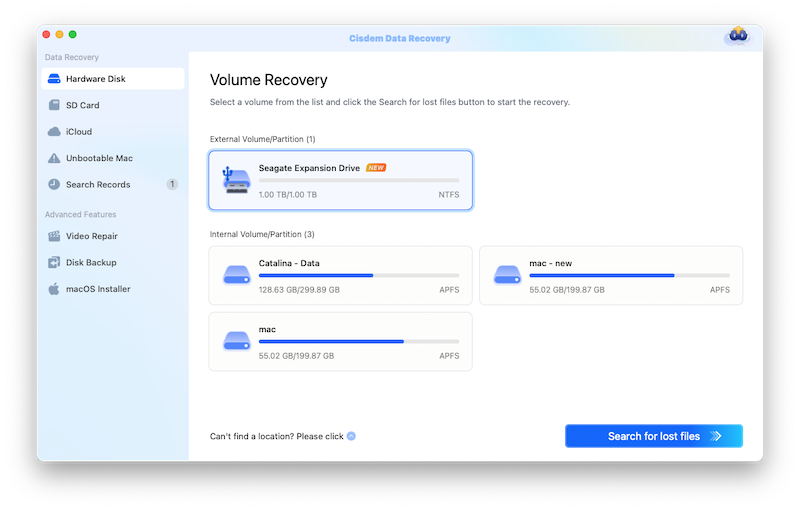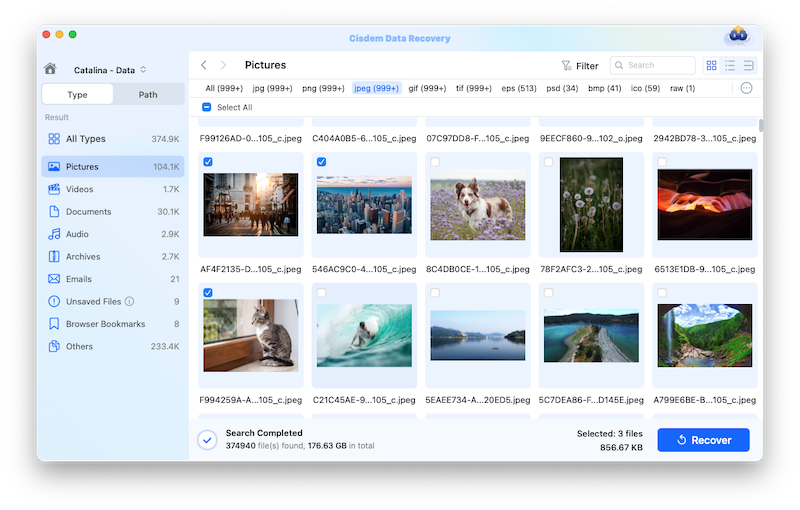Nowadays Solid State Drive/Disk (SSD) seems to be more popular than conventional hard disk in computer field. Having no mechanical moving parts makes SSD a breakthrough technology. Its fast processing speed and low power consumption become the attractive features for PC users.
However, with the extensive use of SSD, SSD data deletion or loss problem also emerges in endlessly. So here come the problems: Is it possible to recover data from an SSD? If yes, how? If no, why?
The answer is possible in some occasions. Whether SSD data could be rescued depends significantly on the SSD status, which will be covered across the board in this article.
Many SSD manufacturers will apply TRIM feature in SSD production. TRIM is used to inform an SSD which pages or blocks of data are no more needed and can be erased internally for new data entrance.
Compared to data storage principle of traditional hard drive, SSD with TRIM enabled leaves out the data deletion process and reduces unnecessary write cycles, thus improving the drive performance and service life (SSD will wear out after using a limited number of write cycles).
Therefore, TRIM function plays a decisive role on SSD data restoration. Once SSD users delete some data in the drive, the TRIM command will be triggered to wipe them rapidly without performing deletion. This greatly lowers chances of success to recover the deleted data in SSD.
In reality, none of data recovery programs in the current market have ability to restore lost data from TRIM-enabled SSDs. In this case, asking professional data recovery service for help might be a feasible method. Regarding SSD data recovery with no TRIM, continue to read the next part, which will describe three common problems and their solutions correspondingly.
This part separately delivers three problems related to SSD data recovery which are frequently asked on various online forums, namely, how to recover data from TRIM-disabled SSD, corrupt/formatted SSD and SSD in a dead computer.
Providing you mistakenly delete your important files on a well-functioning SSD with TRIM command disabled, a specialized data recovery software is strongly recommended to cope with this trouble.
Among masses of data recovery tools on market, Cisdem Data Recovery for Windows and Mac can be foremost in line. It is a feature-packed product gearing toward handling data loss situations due to a variety of reasons, such as accidental deletion, trash emptied, system formatting/upgrading, human error, virus attack, physical damage, etc. This high-end software is equipped with mature technical team and 24-hour online customer service, providing users with a smooth and pleasant data retrieval experience.
Why choose Cisdem Data Recovery?
Walk through the following steps to recover deleted data from SSD without difficulty.
 Free Download macOS 10.9 or later
Free Download macOS 10.9 or later Free Download Windows 11/10/8/7
Free Download Windows 11/10/8/7


Another problem that SSD users are concerned with is: if my SSD drive have been formatted or corrupted out of unclear reasons, how can I resume my vital data in it? Here data recovery applications can also come to the aid.
As mentioned before, Cisdem Data Recovery for Windows and Mac has an unique trait of supporting data retrieval from a corrupted/formatted SSD. To solve this data loss dilemma in a few simple clicks, just use Cisdem to detect your SSD and follow the steps described in Concern 1. If there are videos that you have recovered from the corrupt SSD but cannot open, you can use the Video Repair tool to repair all the videos.
 Free Download macOS 10.9 or later
Free Download macOS 10.9 or later Free Download Windows 11/10/8/7
Free Download Windows 11/10/8/7
Bear in mind that SSD data recovery by this way is possible only if the SSD can be recognized by your computer.
After recovering and exporting the data from your broken SSD, is there any way to repair it and make it reusable? Surely yes. This section will discuss several potential approaches to perform corrupted SSD fix.
SSD firmware controls the operations of hard drive. If firmware damaged, SSD can not work properly. Run a firmware update tool to update it could be a solution. Here’s the detailed guide.

When a SSD computer becomes died, its data may remain undamaged but inaccessible in the SSD drive. So the third much-talked-about topic should be how to recover data from an SSD of a dead laptop or desktop. See below for the tutorial with no need of any data recovery software or service.


The transfer process finished, so far SSD data from the dead computer has been restored to an accessible location.
SSD lifespan varies based on multiple factors. Generally speaking, a majority of SSDs will retain their data without power for 5-10 years.
As a matter of fact, SSD data storage can last for even more years if the drive is kept in a dry and cool environment free of electromagnetic influence. It all depends.
Hard Disk Drive (HDD) is the traditional storage hard drive. The differences between HDD and SSD in different aspects are listed below.
A corrupt SSD does not give any audible warning signs, but there are still other symptoms to indicate its damage.

Connie Yu has been a columnist in the field of data recovery since 2011. She studied a lot of data loss situations and tested repeatedly to find a feasible solution tailored for each case. And her solutions are always updated to fix problems from the newest systems, devices and apps.

